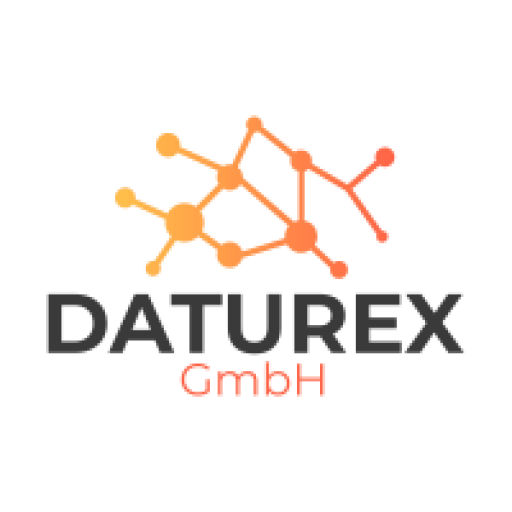httpv://www.youtube.com/watch?v=5vEHMBKKZwI
What is a panda board?
- Mini PC (smaller than a CD case)
- Low Power (4Watt max) Arm (2x1Ghz,1GB RAM) ARM9 Platform
- running various Linux distributions (e.g. the latest Ubuntu) and soon also Windows 8
- WLAN, Bluetooth, 2x HDMI connections, audio output for stereo, 2x 2.0 USB connection, 100MBit LAN
- 1080P support can also be used as a media center with XBMC
Where can you buy it and find out more about it?
What should I bear in mind when buying and how much will it cost?
The Pandaboard is distributed by DIGI Key in Germany and manufactured by Texas Instruments. The board alone costs 174 dollars + the power supply with plug (2 individual order numbers) for Europe approx. 30 dollars. The whole thing is still taxed by customs (+19%) with UPS because it comes directly from America.
If you already have a PC, you should definitely order an HDMI switch + USB switch from Amazon, for example, to be able to operate a monitor + mouse + keyboard without having to plug them in.
Furthermore, you need at least an 8 GB SDHC card (the fastest ones with 45mbit/s are also supported), as well as a USB hard disk for data storage (NAS).
What experiences have you already had with the Pandaboard?
- Various distributions from Linaro Ubuntu Desktop (11.05 only recommended for developers) to Ubuntu (10.10,11.04,12.04,12.10) have been tried and tested and at the moment I recommend 12.04 directly from TI for productive purposes, as these are currently the most mature with TI OMAP packs (for graphics, WLAN etc.), no WLAN is available directly after installation on SD card (therefore install the TI OMAP packs).
- Ubuntu 12.04 brings the most speed for ARM at the moment
- MySQL Server LAMP and many other software runs without problems
- Shortcoming Adobe does not release Flash for Ubuntu, although Android as an ARM platform is already allowed to use Flash, GNASH as an alternative is also not possible.
- Encrypted external disks and partitions can be integrated via LUKS. However, the performance of the entire system then drops by approx. 30%.
- There is almost all software for ARM Ubuntu that is also available for X86 Ubuntu in the same versioning. For example, Eclipse, Java etc. for developers. The whole thing also runs smoothly.
Installation aids and other questions:
http://omappedia.org/wiki/Ubuntu_Pre-built_Binaries_Guide
http://omappedia.org/wiki/Ubuntu_on_OMAP_FAQ
http://omappedia.org/wiki/PandaBoard_FAQ

I have been browsing online more than 3 hours today, yet I never found any interesting article like yours Pandaboard. It is pretty worth enough for me. In my opinion, if all site owners and bloggers made good content as you did, the web will be a lot more useful than ever before.
Good evening, it's nice that there are still people who write really interesting blog articles and make an effort to compile all the information! Really a great weblog, which one likes to visit again!
Hawt Post... Wonderful new blog post to go through....